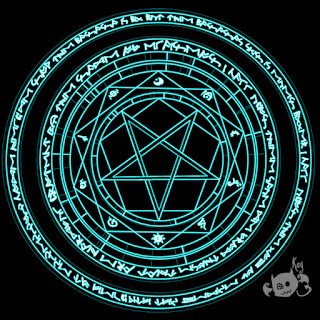1) Orihalcum knuckles of the puissant pugilist
A knuckle duster of potentially godly origin. Appears to be made of gold with veins of light running through it, and a leather strap so soft it must be angel hide. This item literally allows you to punch the wounds off people.
When used it inflicts 1d6 damage (applied before any healing), then heals 2d6 damage. Each subsequent healing of the same person per day does an additional d6 of damage and healing.
2) Flesh-mending swarm of the laughing revenant
A bottle made from a dried gourd, plugged with a leather patch and wooden bung. It contains a swarm of undead beetles, each the size of a pin-head. When shaken onto a creature, the beetles will enter through the nearest orifice and stitch wounds from the inside. Over the next day the creature will cough up the beetles, now properly dead.
Heals 1d4 per level of the user over level x rounds. Can be interrupted by turning or spells that protect against evil or undead.
3) Unfire
A flint and steel made from a dark glassy material that seems to reflect light in the wrong direction. It produces a blue-purple flame that only burns on flesh. Instead of being consumed, the flesh is healed.
Restores 1d4 per user's level. 1d6 if the weather is windy or wet. Functions five times daily.
4) Wandervine
A thumbnail-sized pale green seed. Tastes like cumin. The injured character swallows it whole. Later, vines grow from under their fingernails. Each produces a single seed. At that point their internal vine withers and the healing they received earlier is reversed.
Restores 1d4 per turn for three turns.
5) Sacrificial flock of the eagle priest
This ring is a white gold band decorated with a feather motif and a yellow tourmaline gem. If the wearer whispers the activation word to it, it summons a flock of whatever birds are closest. They fight to the death above the wearer's head, raining feathers, blood and other fluids down on them. The gory rain heals them.
Restores 1d8 + level points. Each time it's used in the same day, the die type steps down by one stage. There are fewer available birds nearby.
6) Fulminator
Fulminator is a grey-green stone the size of a fig. if swallowed (with difficulty) it waits for the user to fall to 0 HP before activating. At that point it explodes, completely vaporising the user. A round later they reform from the dust and smoke at full HP. To be used again, Fulminator must be found and re-swallowed.

.png)






